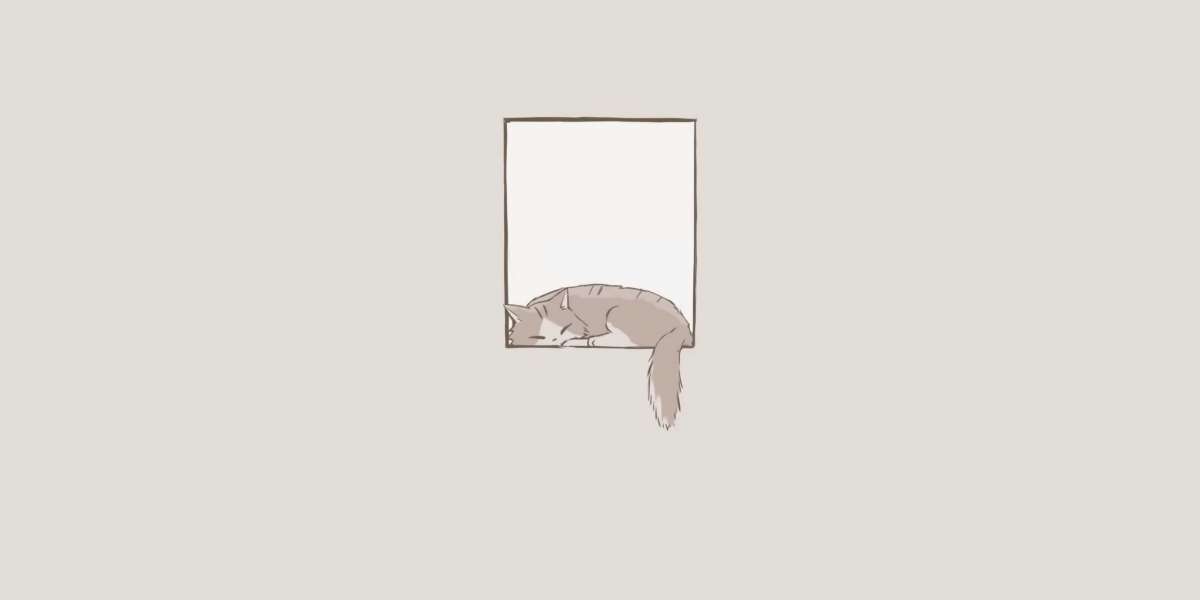Pitching Mounds: The Complete 2025 Guide for Baseball Training and Play
In the world of baseball, no feature is as symbolic or as vital to the game as the pitching mound. It’s the starting point for every pitch, the command center for pitchers, and a defining element that shapes the flow of the game. Whether you’re a Little League coach, a high school player, or a backyard enthusiast, understanding pitching mounds is key to improving performance and building a proper training environment.
This in-depth guide will walk you through everything you need to know about pitching mounds — from their history and official dimensions to building, maintenance, and training tips.
⚾ What Is a Pitching Mound?
A pitching mound is a slightly elevated, circular area located in the center of a baseball field where the pitcher stands to throw the ball toward home plate. The mound gives pitchers a downhill throwing angle, helping them generate extra velocity, improve pitch movement, and gain a better view of the batter.
At the center of the mound sits the pitcher’s plate, also known as “the rubber” — a 24-inch-long white slab where the pitcher’s back foot must be placed before delivering a pitch.
? Official Dimensions Regulations
The size and shape of a pitching mound are standardized at most levels of organized baseball.
Major League Baseball (MLB) Standards:
- Height: 10 inches above home plate level
- Diameter: 18 feet across
- Pitcher’s Plate Distance: 60 feet, 6 inches from home plate
- Slope: Starts 6 inches in front of the rubber and drops 1 inch per foot toward home plate
? Youth Pitching Mounds
For younger players, pitching mounds are smaller and closer to home plate to reduce throwing strain and match their developing skills.
Age Group | Mound Height | Distance to Plate |
7–8 years | Flat or 4–6 inches | 40 feet |
9–12 years | 6 inches | 46 feet |
13–14 years | 8 inches | 54 feet |
High School+ | 10 inches | 60 ft 6 in |
? Building a Pitching Mound
Creating a mound — whether for a professional field or a backyard — requires precision and the right materials.
Materials Needed:
- High-quality mound clay (high clay content for firmness)
- Sand and silt mix for drainage
- Pitcher’s plate (rubber)
- Tampers and measuring tools
Basic Steps:
- Mark the center of the field and outline the 18-foot mound circle.
- Build the core with compacted clay to the proper height.
- Install the pitcher’s plate at the correct distance from home plate.
- Shape the slope gradually and evenly.
- Pack and level the landing area.
- Water and cover the mound to maintain firmness.
? Maintenance Tips
A well-maintained mound provides consistent footing and prevents injury.
- Fill holes after every practice or game
- Tamp and level the landing area regularly
- Water the clay to prevent cracking
- Cover with a tarp to protect from rain
- Repack the slope to maintain its angle
?️♂️ Training Benefits of Pitching Mounds
Practicing on a mound offers several advantages compared to flat-ground pitching:
- Realistic mechanics — simulates game-day pitching conditions
- Lower body strength — pushing off the slope engages powerful leg muscles
- Better timing — helps pitchers develop a natural rhythm
- Improved velocity — downhill release increases pitch speed
- Confidence boost — familiarity reduces nerves during games
? Common Pitching Mistakes on the Mound
- Over-striding — can reduce pitch speed and control
- Poor landing position — throws off balance
- Opening hips too early — weakens velocity and accuracy
- Inconsistent release point — leads to wild pitches
? History of the Pitching Mound
In the early years of baseball, pitchers threw from flat ground. The mound was introduced in the late 19th century to give pitchers an advantage and balance the game against increasingly powerful hitters. The current 10-inch height and 60’6” distance have been MLB standards since 1893.
? Portable vs. Permanent Pitching Mounds
Portable Pitching Mounds:
- Lightweight and easy to move
- Great for multi-use fields and backyards
- Often turf-covered for durability
Permanent Pitching Mounds:
- Built from clay and dirt
- Matches professional playing conditions
- Requires regular maintenance
For home training, portable mounds are a popular choice, especially when paired with a pitching machine for realistic batting practice.
✅ Final Thoughts
The pitching mound is more than a patch of dirt — it’s a critical part of baseball that shapes pitching mechanics, player performance, and the overall game experience. From youth leagues to the MLB, mounds create the foundation for every pitch thrown.
Whether you’re building one for a backyard, maintaining a professional field, or just learning the art of pitching, understanding the mound’s role will help you get the most out of your training and game performance.


